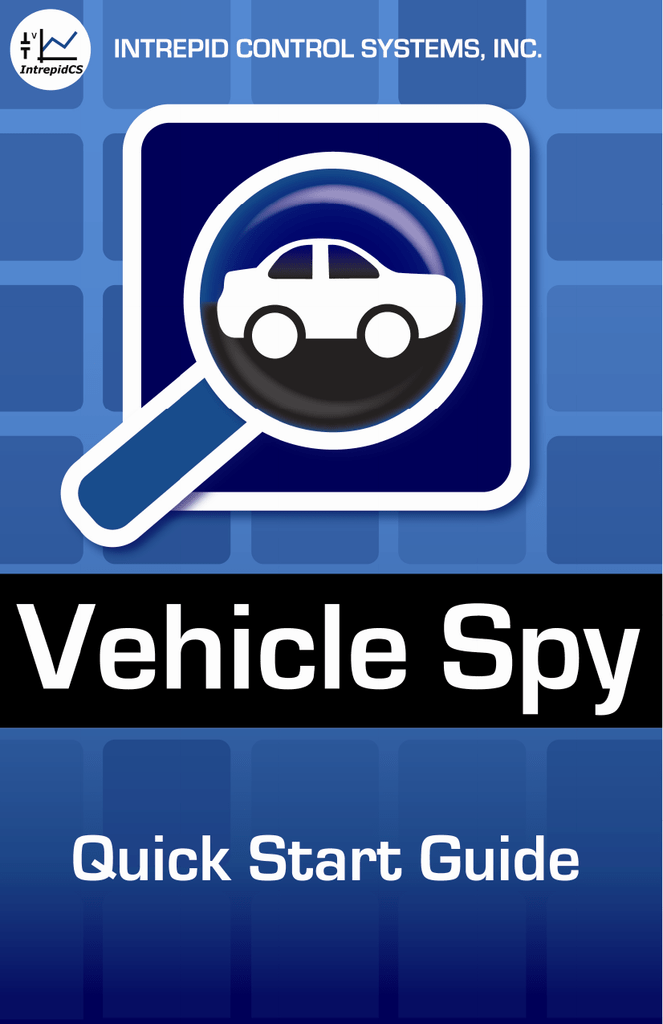Installation
All SiRF product support a subset of the NMEA-0183 standard for interfacing marine electronic devices as defined by the National Marine Electronics Association (NMEA). The NMEA Reference Manual provides details of NMEA messages developed and defined by SiRF. It does not provide information about the complete NMEA-0183 interface standard. Drivers Installer for INQ1 NMEA Device (COM76) If you don’t want to waste time on hunting after the needed driver for your PC, feel free to use a dedicated self-acting installer. It will select only qualified and updated drivers for all hardware parts all alone. To download SCI Drivers Installer, follow this link. Update Rates This driver can be used when an NMEA position, NMEA quality sentence(s) and NMEA heading are received on the same port and at the same update rate. If the gyro is updating faster than the positions, then the data have to be split and separate position and gyro systems have to be defined on separate ports.

GPS NMEA driver is included with libindi >= 1.5.0. Under Ubuntu, you can install the driver via:

Features
Drivers Inq1 Nmea Device (com76) Input
INDI GPS NMEA driver is designed to parse GPS NMEA streams to provide location and time updates. Usually, the driver is running on a device like Raspberry PI while the GPS NMEA server is running on a remote device like a phone that resides on the same network on the Rasbperry PI. The driver can be configured to monitor GPS data streams from the phone and then synchronize INDI drivers and clients accordingly. This is especially handy when you the RPi3 is used for mobile observatories on the go.
Any App that provides NMEA streams as a server are supported. For Android, ShareGPS has been successfully tested with the driver. For iOS, GPS 2 IP provides the same functionality.
The driver can also change the system time. But since operation requires administrative privileges, you need to set CAP_SYS_TIME capabilities first by running this command:
There is no need to run the above command on StellarMate.
Operation
Connection

Before you connect, you must set the IP address of the GPS NMEA server. If you're using a phone to stream GPS data, find out the IP address of the phone and enter it in the Address field. Furthermore, enter the port used by your App to stream the data. The device where the driver is is running (StellarMate, RPI3.etc) must be on the same network as the phone you are trying to stream from. After you set the TCP information, go to Options and click Save under Configuration. Please note that phone IP addresses are usually subject to change so on your next connection you must reset the address field to whatever IP address currently used by your phone. After all data is set, and assuming your App is already running on your phone, click Connect to establish connection.
Main Control
When you first connect, a GPS fix is taken and it might take a while before the driver is synchronized to the GPS stream. If the driver remains in NO FIX busy mode for more than 30 seconds, click the GPS Refresh button to force a refresh.

After a GPS fix is captured, the driver shall update the Location & Time properties. Depending on your client, you may need to configure your drivers and clients to synchronize with the GPS data. For KStars/Ekos, no additional action is necessary. After the fix is taken and Location/Time updated, the driver is no longer deemed necessary and can be disconnected for the current session.
Optionally, you can set the driver to periodically update the GPS data to the clients. This is usually not necessary, but it can be enabled by changing the Refresh Period property to the desired period in seconds. To disable the periodic refresh, set the period to zero.
What's difference between INDI GPSD and INDI GPS NMEA drivers?
INDI GPS NMEA driver fills the gap for people who use mobile phone's gps for setting location and time in KStars/Ekos. indi-gpsd does pretty much the same, however it is based on different approach. Both of the drivers set time and location (over INDI server) to other INDI drivers (e.g. mount) and clients (e.g. Usb storage device driver. KStars), but:
indi-gpsnmea:
- reads gps data stream from mobile phone's gps
- requires network connection of the source of gps data stream i.e. phone running app, which enables gps sharing
- it is operating system independent
indi-gpsd:
- reads gps data stream from gpsd service
- requires gpsd service is running and properly configured as a systemwide service
- ntpd service can read from gpsd service to synchronize operating system time/date to gps source
- it is operating system dependent and can be used only on linux

There's no conflict between the two - NTP gets time from GPSD to set operating system time/date, not INDI drivers' and clients' time/date.
We can consider merging these drivers at some point in time, but for now you should run either indi-gpsnmea or indi-gpsd. Using both drivers at the same time makes no sense.
Issues
Drivers Inq1 Nmea Device (com76) Connection
There are no known bugs for this driver. If you found a bug, please report it at INDI's bug tracking system at Github.